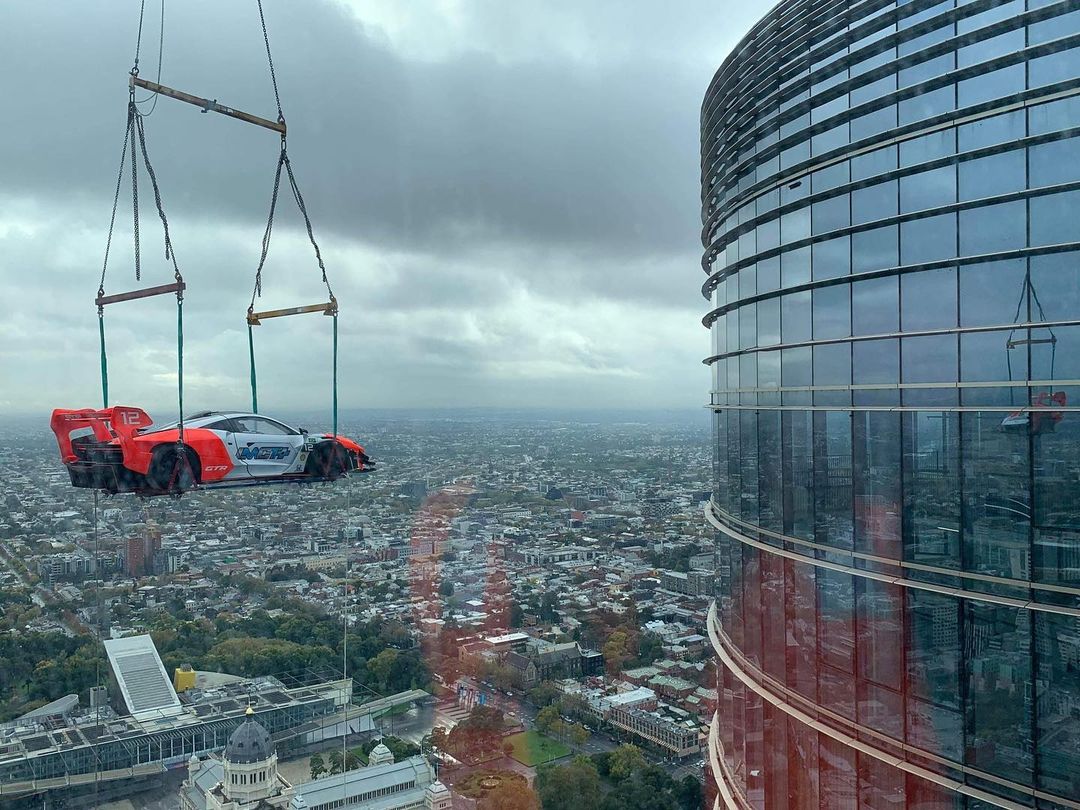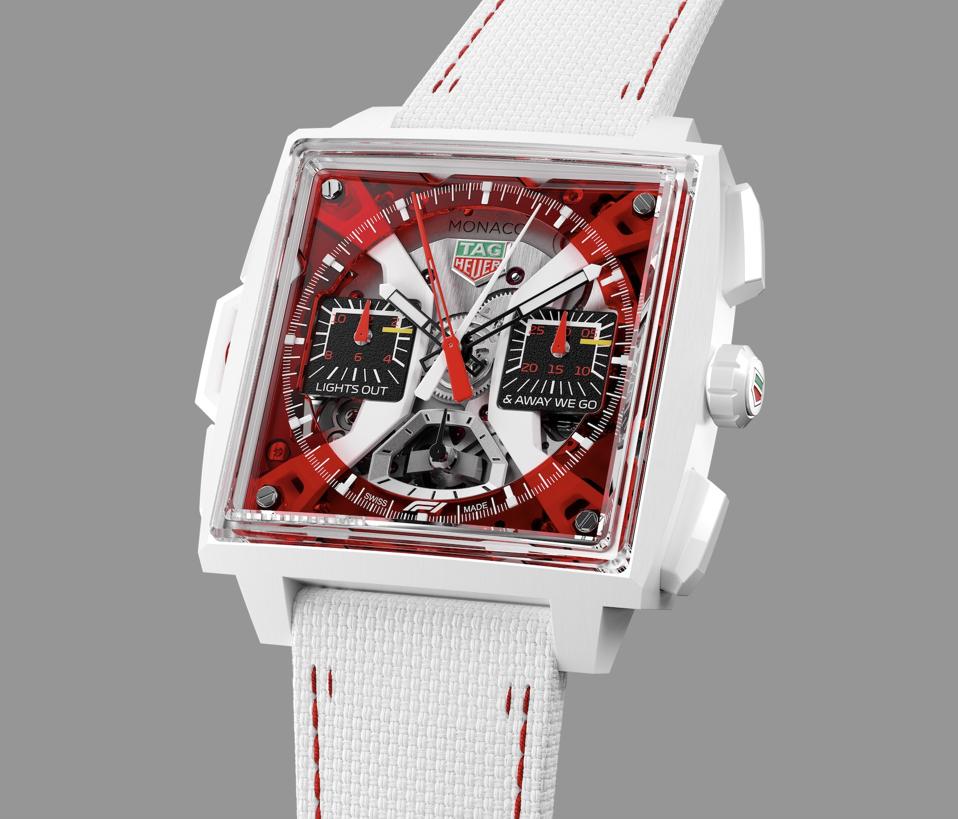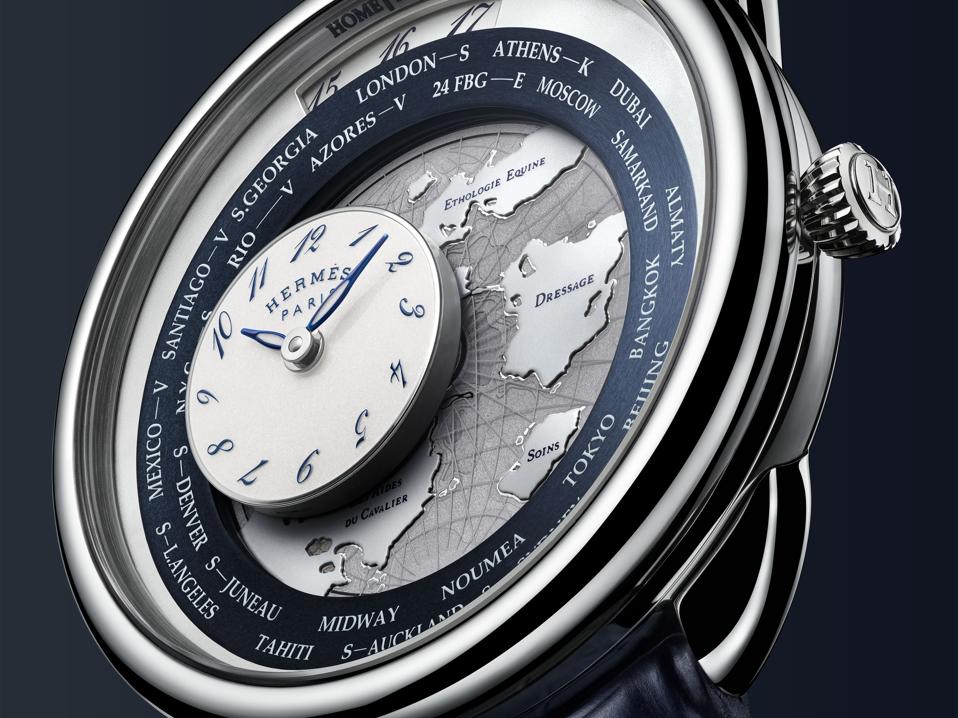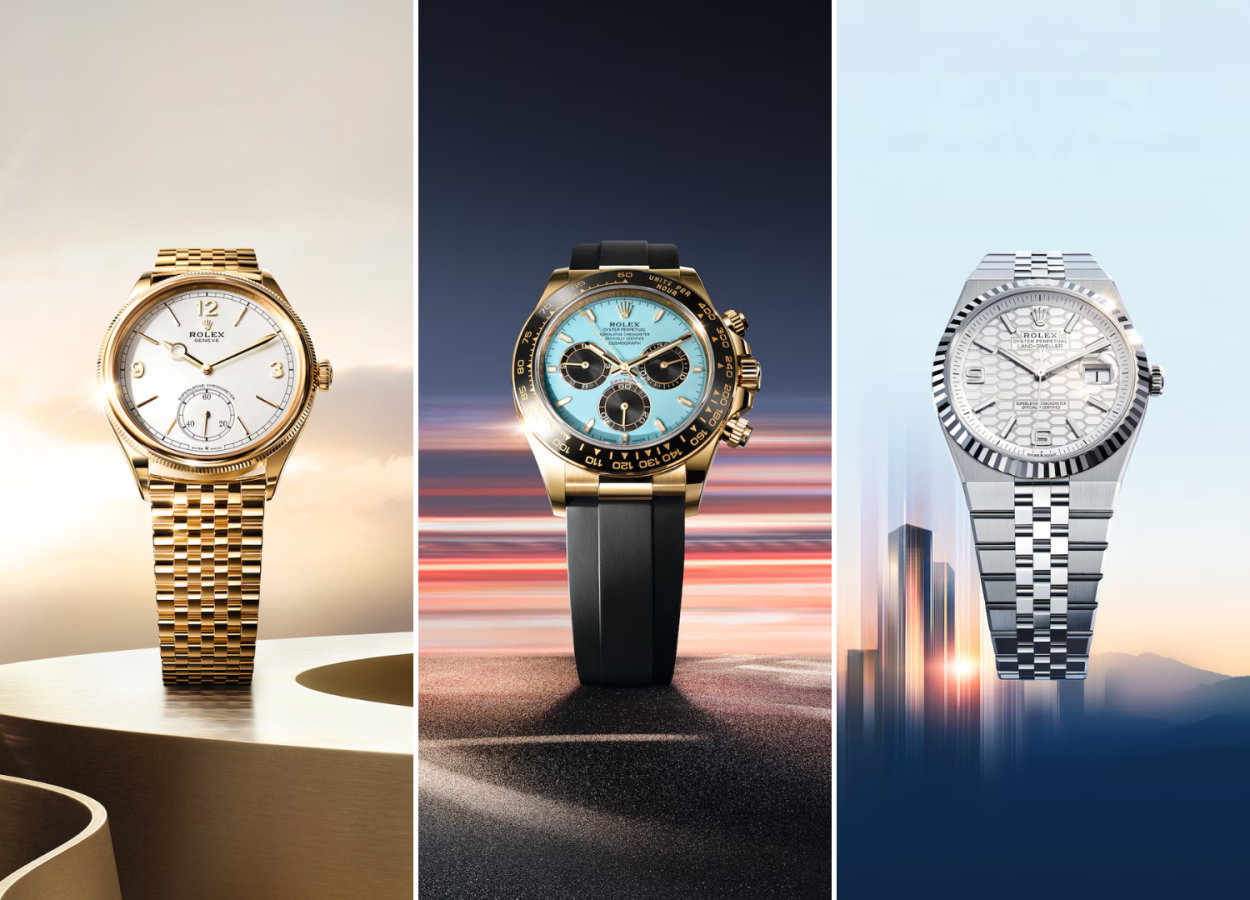This year the brand is celebrating six decades of innovation and a new era of electrification.
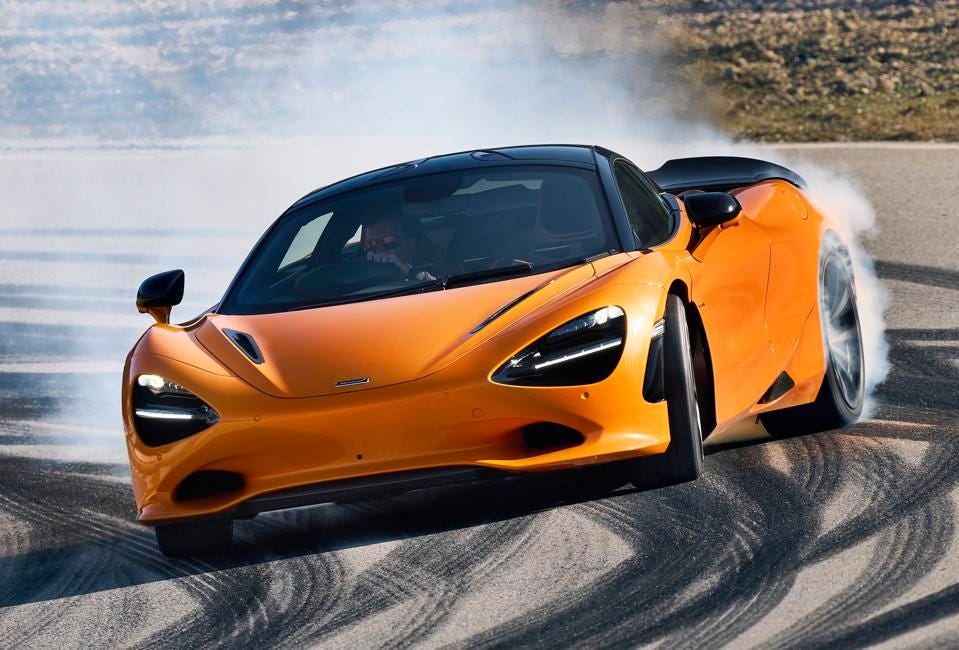
Sixty years ago, a relentless Kiwi engineer and race car driver had a dream: to start a Formula One racing team and build a Triple Crown-winning (Monaco Grand Prix, Indianapolis 500 and 24 Hours of Le Mans), race car in his name. Today, Bruce McLaren lives on as a history-maker, a maverick and an innovator and his story as a man of precision who wouldn’t settle for second best continues to inspire.
To understand McLaren’s legacy and how it lives on today in McLaren Automotive, you only have to look to the quote he is most famous for: “Life is measured in achievement, not in years alone.” As the British carmaker celebrates its 60th year and looks to the next 60, 2023 will also present many opportunities to celebrate the achievements made along the way; while also nurturing its customer relationships, particularly within Australia.
“Australia is one of our key markets within Asia Pacific,” says Charlotte Dickson, Head of Asia Pacific at McLaren Automotive. The region’s appetite for McLaren cars has been growing steadily and will soon welcome a fifth retailer in Perth. “Australia goes from strength to strength for us. The one thing I love about our Australian customers is we have such good relationships with them.
They call us a brand that is, let’s say, more approachable.” When it comes to customer offerings, interactions and experiences, McLaren’s unique approachability uniquely speaks to the Australian consumer’s values —relationship-building is part of our cultural fabric, after all. “We are still an exclusive brand and we want to maintain that, but those face-to-face relationships are so important and very particular to Australia, we don’t get that as much throughout the rest of Asia,” says Dickson, hinting that customer experiences will be a very big focus for the brand in the coming months and a space to watch. “It’s very much a cultural thing, we always have a huge laugh and a lot of fun with our Australian customers.”

Aside from the McLaren60 celebrations, 2023 also marks a number of milestones. Ten years ago, at the Geneva Motor Show, McLaren revealed one of the most remarkable and iconic hypercars ever created, the McLaren P1. The P1 high-performance hybrid is still one of the most desirable supercars ever made. Developed from McLaren’s material and aerodynamic learnings in GT3 and Formula One racing and the iconic McLaren F1 (launched twenty years prior), the P1 set the tone for the McLaren hybrid cars that would follow, including the beautiful McLaren Speedtail hyper-GT (launched in 2018) and the brand new McLaren Artura.
Building upon the marque’s pursuit of excellence and precision, the Artura is all-new. From the Carbon Fibre Lightweight Architecture (MCLA) to the High-Performance Hybrid powertrain and the advanced E-differential, every element has been developed in-house, with agility and lightness at the forefront and motorsport underpinning its DNA. Just like Bruce McLaren’s original M6GT built all those decades ago. Lean, mean and minimal —markers of a perfect driver’s car— Artura is the lightest in its class, weighing in at 1498kg. It is powered by a 3.0-litre, twin-turbocharged V6 engine and 7.4kWh battery, producing a whopping 500kW/720nNm and a top speed of 330km/h. Naturally, it’s the most efficient McLaren ever, but curiously, the hybrid powertrain’s efficiency of 4.6L/100km even tops that of a brand-new petrol hatchback.
“The P1 was so forward-thinking,” reflects Dickson. “Ten years ago, to have a supercar with hybrid technology with that level of design ethos and those performance stats, people were absolutely stunned. It was just phenomenal.” Hybrid technology has come a long way since the P1 and even the Speedtail, and Artura not only presents a new generation of Ultimate Series supercars, but also, a new era for McLaren. And that means, a new poster car for a new generation of customer. “It’s really reaching out to a new prospect base,” Dickson says the technology is attracting more diverse clientele.
“For example, we’re seeing more female customers purchase this car, people who want something a bit more practical —because as a hybrid, you don’t have the noise, so you’re not worried about waking up your neighbours.”
Related
Reflecting on how the past has influenced McLaren’s future, Dickson notes that today, while other marques might have diluted their brand in the pursuit of newness, McLaren has stood by its ethos of building dreamy, high-performance cars that possess a childlike wonder and futuristic feel. “If you take those four cars [F1, P1, Speedtail and Artura] end-to-end, you can see how we have been able to push the boundaries more with technology and design and the emotional narrative,” she says. “And that’s what you get with McLaren that you don’t get with a lot of other supercars. That for me, is the most exciting part about working for the brand.”
Innovative thinking may underpin McLaren’s material engineering, powertrains and customer relations, but it also fuels the marque’s internal business and initiatives. “When we talk about innovation, it doesn’t need to be big innovation either,” says Dickson. “I think people think innovation has to be big strategies and ideas, but day-to-day and even just the work we do on a daily basis, we are always looking for new and interesting ways of doing things and consistently improving and adjusting what we do to maximise results.”
This is particularly true when it comes to unearthing and elevating fresh and diverse perspectives.“When I first started my career in automotive, at a different luxury brand, it was very male-orientated.” Dickson’s Singapore-based team has a gender balance of 50/50, she says. “There are a lot of automotive companies focusing on [diversity] right now, but it’s so refreshing with McLaren. Here, there are more females in the right positions, which I think is very important. It’s not about putting women in a role [they aren’t suited to] just because you need the quota, it’s about finding the right roles and the women who are absolutely capable of delivering the results that McLaren expects.”
Importantly, says Dickson, it’s also about giving those from underrepresented backgrounds the right training, support and an environment that allows them to diversify their skillset —that, along with retaining talent, she says, is the mark of a truly betterment-focused company. “Take our global marketing director, Andrea Bermúdez, for example. She’s been with the brand for more than nine years, she’s done regional roles, central roles and she’s worked in marketing and commercial operations.
She’s a perfect example of someone who has diversified into different areas of the business and excelled. That to me is what McLaren is about, it gives you those opportunities.” She adds, “We also focus on our young people. We have internships, graduate programs and we get people who are young and give them experience across different departments. It’s important that you put the energy into the people that you recruit and give them a development path so they have the opportunity to grow and diversify their skills.” The marque also regularly celebrates and uplifts its employees from underrepresented backgrounds through events, sponsorships and other global initiatives.
Bruce McLaren never lived to see his namesake car become the iconic marque it is today. Just seven years after the team’s debut, Formula One and Le Mans victories in his back pocket, McLaren died during testing in a fateful crash. However, in many ways, his spirit continues to fuel McLaren’s present and future. “If we think back to Bruce in the original days, it really is an unbelievable story, one that nobody else has,” says Dickson. “Bruce McLaren was so focused on performance, authenticity, winning, innovation, all traits we still have in our brand today.” She adds, “Still, we’re always questioning, always looking for new opportunities and looking for improvements, because we know, you can’t just stand on your laurels, you constantly need to keep innovating.”
